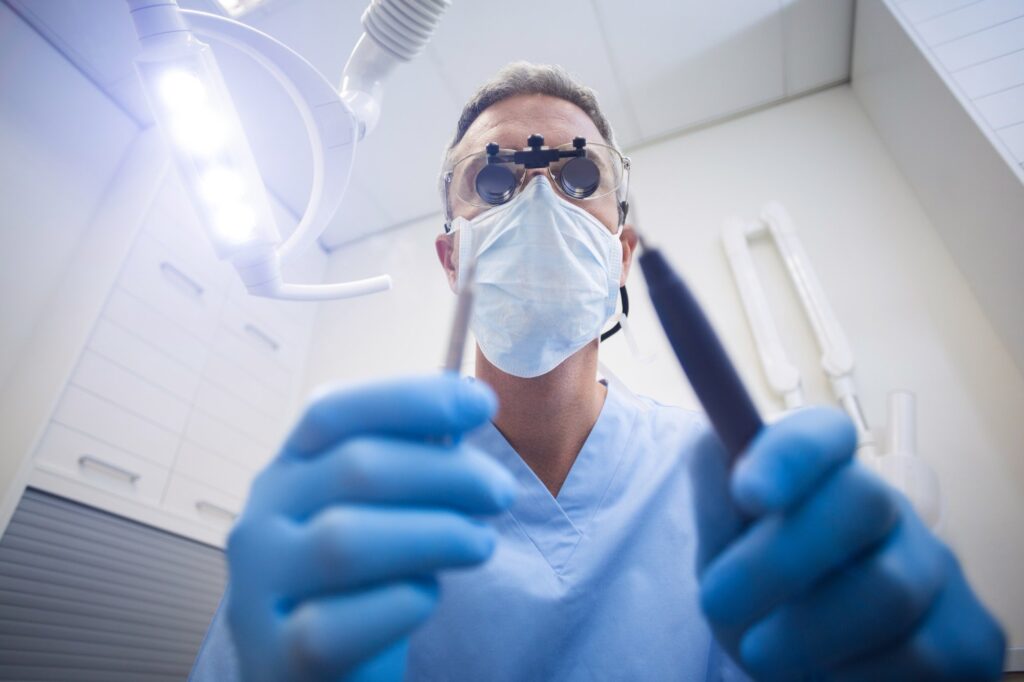Stepping back into a dental clinic after an extended break can evoke a mix of emotions: from anxiety to anticipation. But with the right preparation and mindset, this experience can be both enlightening and reassuring. If you’re about to embark on your first visit in what feels like eons, this article is your roadmap. We’ll detail the essential New Patient Information, demystify the process, and arm you with the knowledge to make your dental appointment not just successful, but also empowering.
Laying the Groundwork: Before the Appointment
A little preparation can transform your dental visit from daunting to a breeze:
- Compile Your Medical Records: Equip your dentist with a clear picture. List down any medications you’re currently on, previous surgeries, and any allergies. This isn’t just about dental health; it’s about holistic care.
- Set Clear Expectations: Understand that your dentist is here to help, not judge. Whether it’s been years or decades since your last visit, their primary goal is your oral health and comfort.
- Insurance and Payment: Familiarize yourself with your dental insurance. What does it cover? If you’re unsure, a quick visit to Casey Dental’s Insurance page can provide clarity.
The Big Day: What to Anticipate
Being informed can make a world of difference. Here’s a sneak peek into what your appointment might entail:

- Warm Welcome: At establishments like Casey Dental, the team ensures that every patient, whether new or returning, feels at ease from the moment they step in.
- Detailed Examination: This isn’t just about checking for cavities. It’s a comprehensive assessment of your oral health, from gum health to checking for any signs of oral cancers.
- Dental Cleanings: Over time, plaque can build up and harden. A professional dental cleaning ensures your teeth are not just clean but also free from potential threats.
- Open Dialogue: Have concerns or questions? Your appointment is the perfect time to voice them. Whether it’s about a specific treatment, like same-day crowns, or general oral hygiene tips, your dentist is there to guide.
Post-Appointment: Continuing the Momentum
The journey doesn’t end when you leave the clinic:
- Follow-Up: Depending on your oral health, your dentist might recommend a follow-up visit. This could be for specific treatments or another round of cleaning.
- Establish a Routine: Regular dental check-ups are crucial. Consider scheduling your next appointment in advance, ensuring you stay on track.
- Home Care: Armed with insights from your visit, enhance your at-home oral care routine. Remember, daily care can prevent most dental issues.
Understanding Dental Apprehensions: The Elderly and the Echoes of the ’80s and ’90s
For many individuals, especially those who grew up in the 1980s and 1990s, a visit to the dentist might evoke memories of less advanced dental technologies and techniques. The elderly, having experienced even earlier iterations of dental care, might harbor deeper apprehensions. Let’s delve into these unique fears and how modern dentistry has evolved to address them.
The Dental Landscape of Yesteryears
- Less Advanced Equipment: The equipment from the ’80s and ’90s, while effective for its time, was often bulkier and less comfortable. The sounds and sensations of these tools can linger in the memories of those who experienced them.
- Different Approach to Patient Comfort: Earlier decades didn’t place as much emphasis on patient comfort as today. The approach was more clinical, which, while efficient, might not have been as comforting.
- Elderly Experiences: For the older generation, dental visits might recall even more archaic tools and techniques. Their apprehensions are often rooted in these past experiences, where pain management and patient comfort were secondary to treatment.
Modern Dentistry: A New Dawn
- Technological Advancements: Today’s dental tools are sleeker, faster, and quieter. Treatments like same-day crowns are a testament to how far dental technology has come.
- Patient-Centric Approach: Modern clinics, like Casey Dental, prioritize the patient’s experience. From the waiting room ambiance to the chairside manner, every aspect is designed to put the patient at ease.
- Tailored Treatments for the Elderly: Recognizing the unique needs and fears of older patients, many clinics offer specialized care tailored to them, ensuring their comfort and safety.
Bridging the Past and Present
For those harboring fears from past experiences, it’s essential to communicate these feelings with your dentist. They can offer solutions, from sedation options to simple reassurances, ensuring your visit is as comfortable as possible.
In Summary: While the dental memories of the ’80s, ’90s, and earlier might be fraught with apprehension, it’s heartening to know that modern dentistry is worlds apart. With a focus on patient comfort, advanced technologies, and a compassionate approach, today’s dental landscape is both healing and reassuring.
Implants vs. Dentures: A Message to Our Elderly Community

As we age, dental health remains a cornerstone of overall well-being, and the choices we make can significantly impact our quality of life. One of the pivotal decisions many elderly individuals face is choosing between dental implants and dentures. While both have their merits, there’s a growing consensus in the dental community about the superior benefits of implants. Let’s explore why implants might be the better option for you.
The Modern Marvel of Dental Implants
- A Natural Feel: Unlike dentures, which can sometimes shift or feel unnatural, dental implants are anchored securely to your jawbone. This means they function and feel just like your natural teeth.
- Preservation of Jawbone: Over time, the absence of tooth roots can lead to the deterioration of the jawbone. Implants, acting as artificial roots, stimulate the bone, preventing this loss and preserving your facial structure.
- No Dietary Restrictions: Remember biting into a crisp apple or enjoying corn on the cob? With implants, you won’t have to navigate the dietary restrictions often associated with dentures. Enjoy your favorite foods without hesitation.
- Longevity: While dentures might need adjustments or replacements over the years, implants, with proper care, can last a lifetime.
Why Not Dentures?
While dentures have been a traditional solution for missing teeth, they come with challenges:
- Maintenance: Dentures require regular removal, cleaning, and, occasionally, adhesive applications to stay in place.
- Potential for Discomfort: Ill-fitting dentures can lead to sores or discomfort, impacting your ability to speak or eat with ease.
- Aesthetic Concerns: Over time, as the jawbone recedes without teeth or implants to support it, it can lead to a sunken facial appearance, making one look older.
Embracing the Future of Dental Solutions
To our cherished elderly community, we understand that change, especially in later stages of life, can be daunting. However, dental implants represent a leap in dental technology designed with your utmost comfort and convenience in mind. They offer a chance to reclaim not just your radiant smile but also the little joys of life – from savoring a crunchy snack to laughing heartily without a care.
In Closing: As you contemplate the next steps in your dental journey, consider the long-term benefits of implants. They’re not just a solution; they’re an upgrade to a life of confidence, convenience, and comfort.

In Conclusion
Returning to the dentist after a long gap can be a transformative experience. It’s not just about addressing immediate concerns but also about setting the stage for long-term oral health. With establishments like Casey Dental, you’re not just a patient; you’re a valued member of their oral health family.






